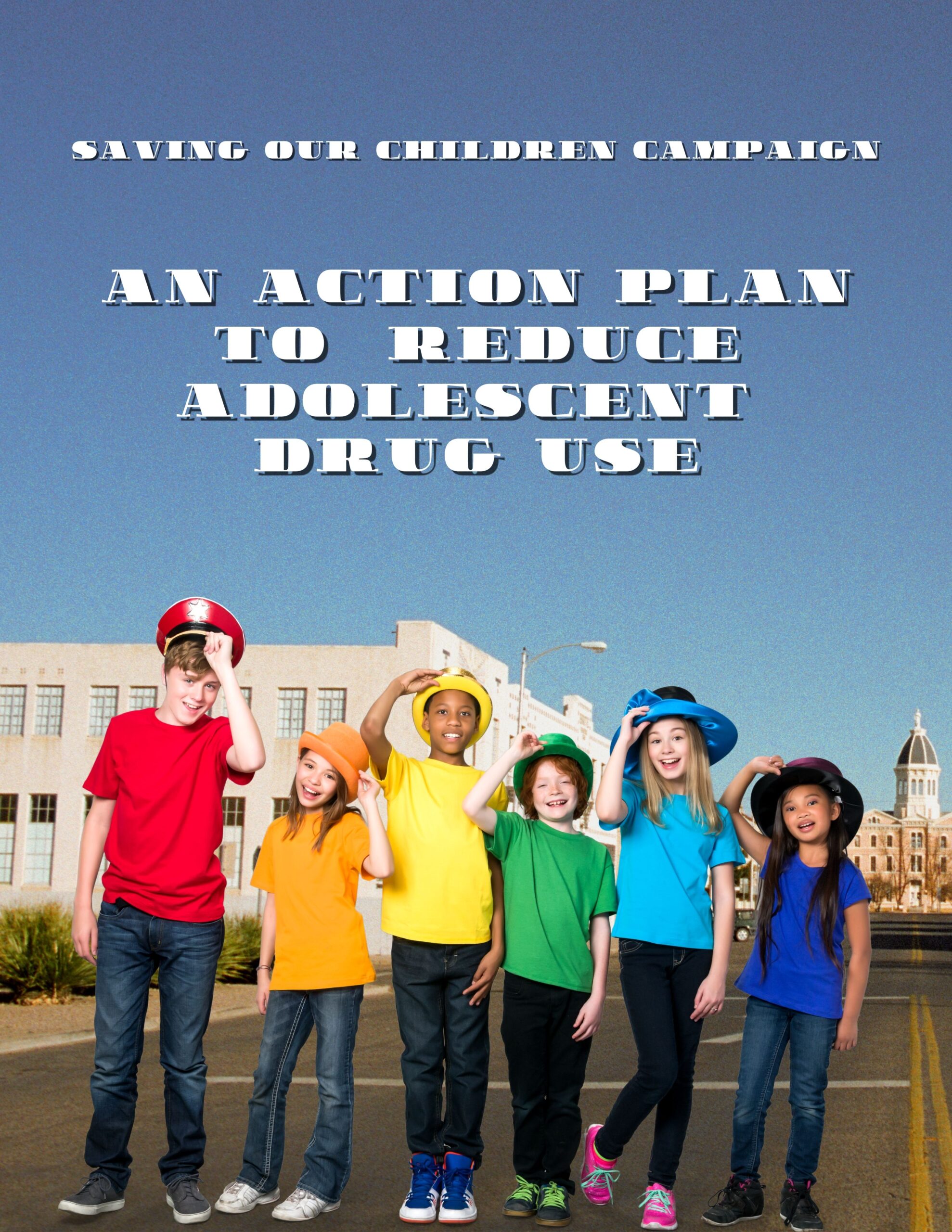The Action Plan to Reduce Adolescent Drug Use is a comprehensive strategy to combat adolescent drug deaths.
Don’t just sit and watch your kids die. Do something about it!
Adolescent drug use is a huge problem with far-reaching consequences. It jeopardizes the well-being of our youth and the fabric of our communities. The Action Plan offers a structured approach to tackle this issue head-on.
The problem is significant. Adolescent drug use has been on the rise, leading to a host of societal issues. From increased crime rates to the economic burden of substance abuse, the consequences are staggering. As the statistics reveal, the urgency of addressing this problem cannot be overstated.
Our solution is the Action Plan to Reduce Adolescent Drug Use. This plan is not just an abstract concept; it’s a tangible, multi-pronged approach that draws on successful initiatives and lessons learned from the past.
Let’s examine the key components of our action plan. It centers around prevention and education, with a particular focus on the adolescent demographic. We believe that by reaching young minds early, we can create a lasting impact and mitigate the risks associated with drug use.
One innovative aspect of our plan is the use of educational entertainment. We’ve seen dramatic reductions in drug use through similar efforts in the past. By combining education with entertainment, we engage our target audience effectively.
Our campaign unfolds through a captivating television program based on a true story—a story that illustrates the harsh realities of drug use. These programs should be accessible on various platforms, including the Internet, and will be promoted through television, radio, print, social media, and other marketing channels.
To supplement the television program, we recommend developing a handout that should be distributed to schools, libraries, and family centers. This ensures that our message reaches a broad audience, including those in educational institutions and community hubs.
Why should you trust this action plan? The answer lies in the experience of Thomas Monson, the driving force behind the action plan. Mr. Monson has successfully organized similar campaigns in the past, leading to dramatic and positive results.
Is the action plan for you? If you believe in prevention, education, and a desire for a better future for our youth, then yes, it is. The success of this plan hinges on collective effort and shared commitment.
In conclusion, the Action Plan to Reduce Adolescent Drug Use is a call to action. It’s an opportunity for us to make a tangible and positive impact on the lives of our youth and the well-being of our communities. By working together, we can create a future where drug abuse is not a threat to our adolescents.
GET THE ACTION PLAN NOW! Order HERE!

Action Plan to Reduce Adolescent Drug Use – A Comprehensive Review
Introduction: The Action Plan to Reduce Adolescent Drug Use addresses the pressing issue of drug and substance abuse in the United States, presenting a multifaceted approach to combat this national crisis. The campaign proposes a comprehensive strategy that not only educates the public about the dangers of drug abuse but also targets a particularly vulnerable demographic—preteens. Let’s delve into the key aspects of the book, examining its structure, the severity of the problem it highlights, and the proposed solution.
Overview: The book begins with a thorough examination of the drug problem in the United States. It categorizes drugs broadly, encompassing illicit substances, prescription drugs, and legal items like alcohol, cannabis, marijuana, and tobacco products. The narrative is structured logically, progressing from defining the problem to presenting a well-thought-out solution.
The Problem: The gravity of the drug crisis is laid bare in the opening chapters, citing alarming statistics on the increase in drug overdose deaths and the widespread impact of tobacco, alcohol, and prescription drug abuse. The inclusion of public perception data from Pew Research, indicating that nearly 70% of Americans consider drug abuse a major issue, effectively underscores the severity of the problem.
The Solution: The heart of the book lies in the proposed solution—the “Saving Our Children” campaign. This multimedia initiative is designed to educate the public, with a specific focus on preteens, considered the most vulnerable group. The author draws on past successes of similar campaigns, emphasizing the potential impact of educational-entertainment efforts on reducing drug use.
Campaign Details: The campaign revolves around a television program based on a true story, highlighting the journey of a young man ensnared by drugs. The narrative will be disseminated through various mediums, including television, radio, print, posters, social media, and a 32-page comic for distribution in schools, libraries, and family centers. The author, Thomas Monson, is presented as an experienced organizer of similar campaigns, lending credibility to the proposal.
The Story: The latter part of the book introduces the narrative elements, detailing how the campaign’s story will unfold. From the novel and graphic novel formats to entertainment-education videos, the book outlines the various avenues through which the story will be told.
Conclusion: Action Plan to Reduce Adolescent Drug Use is a well-structured and comprehensive guide that not only highlights the severity of the drug problem in the United States but also proposes a viable solution through a targeted multimedia campaign. Thomas Monson’s track record adds weight to the proposal, making it a compelling read for anyone concerned about the impact of drug abuse on society, particularly on the vulnerable preteen demographic.
GET THE ACTION PLAN NOW! Order HERE!
Please contact us with any questions or comments.
